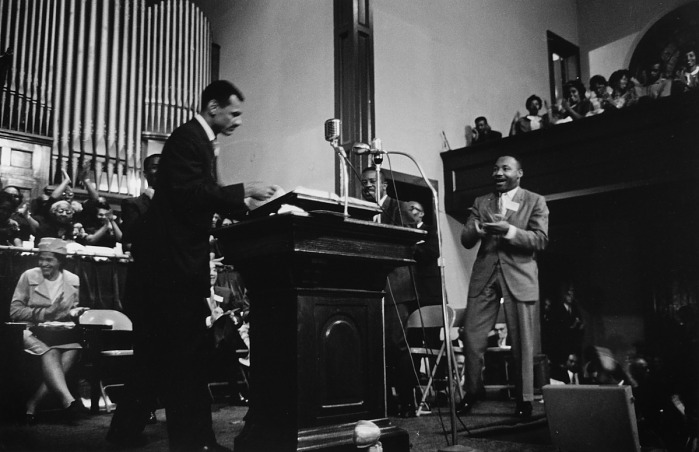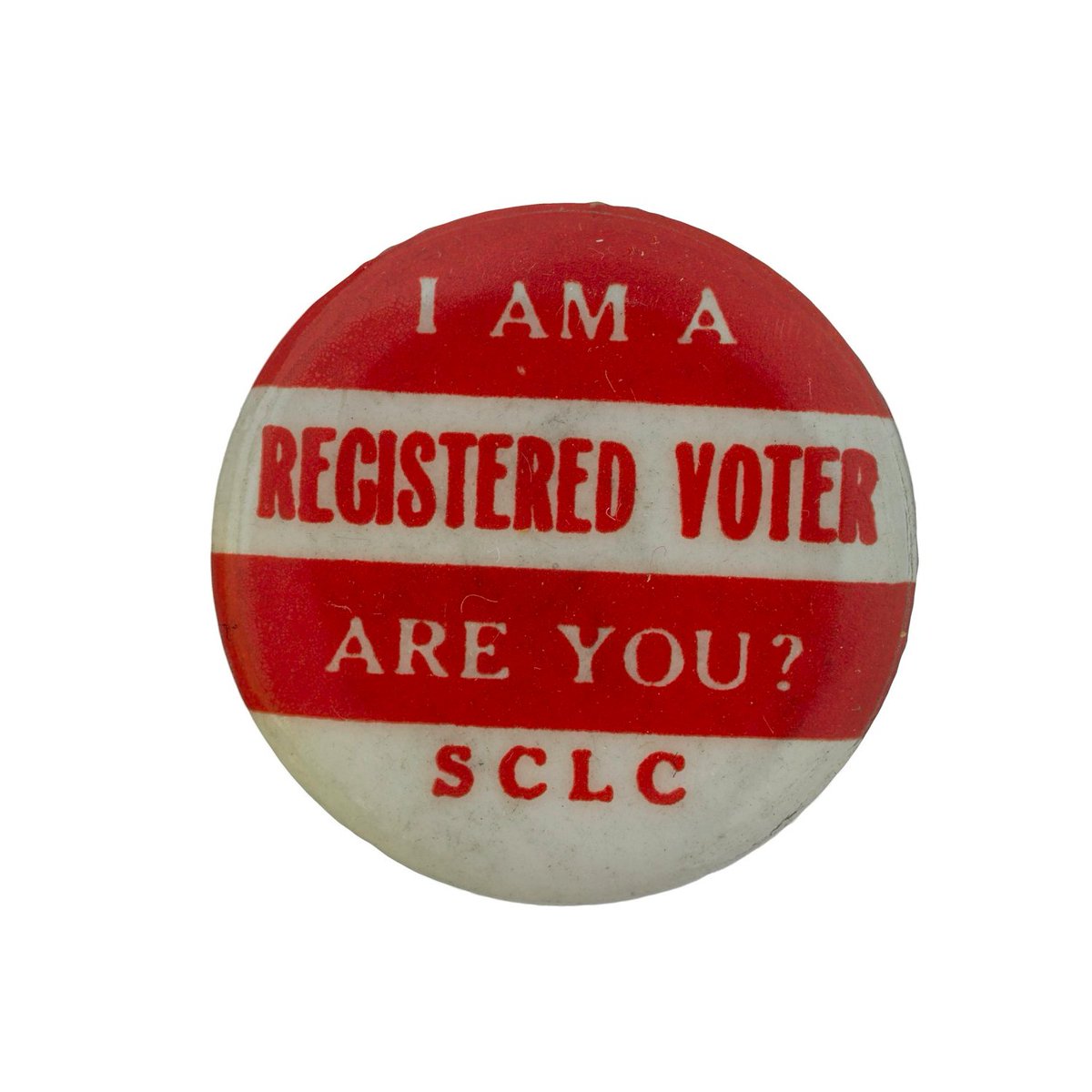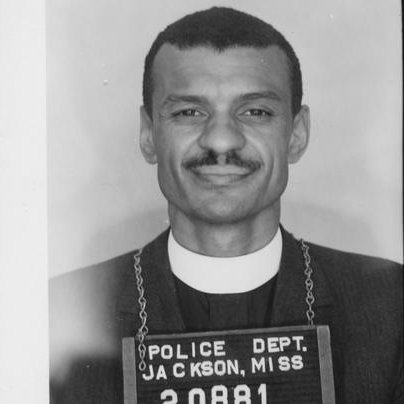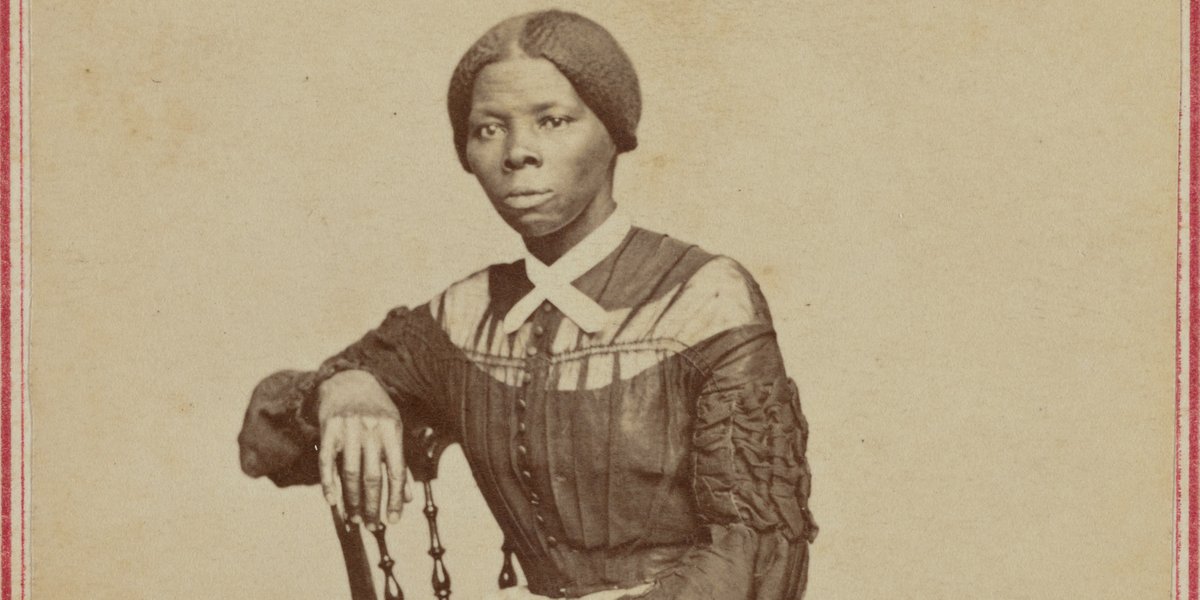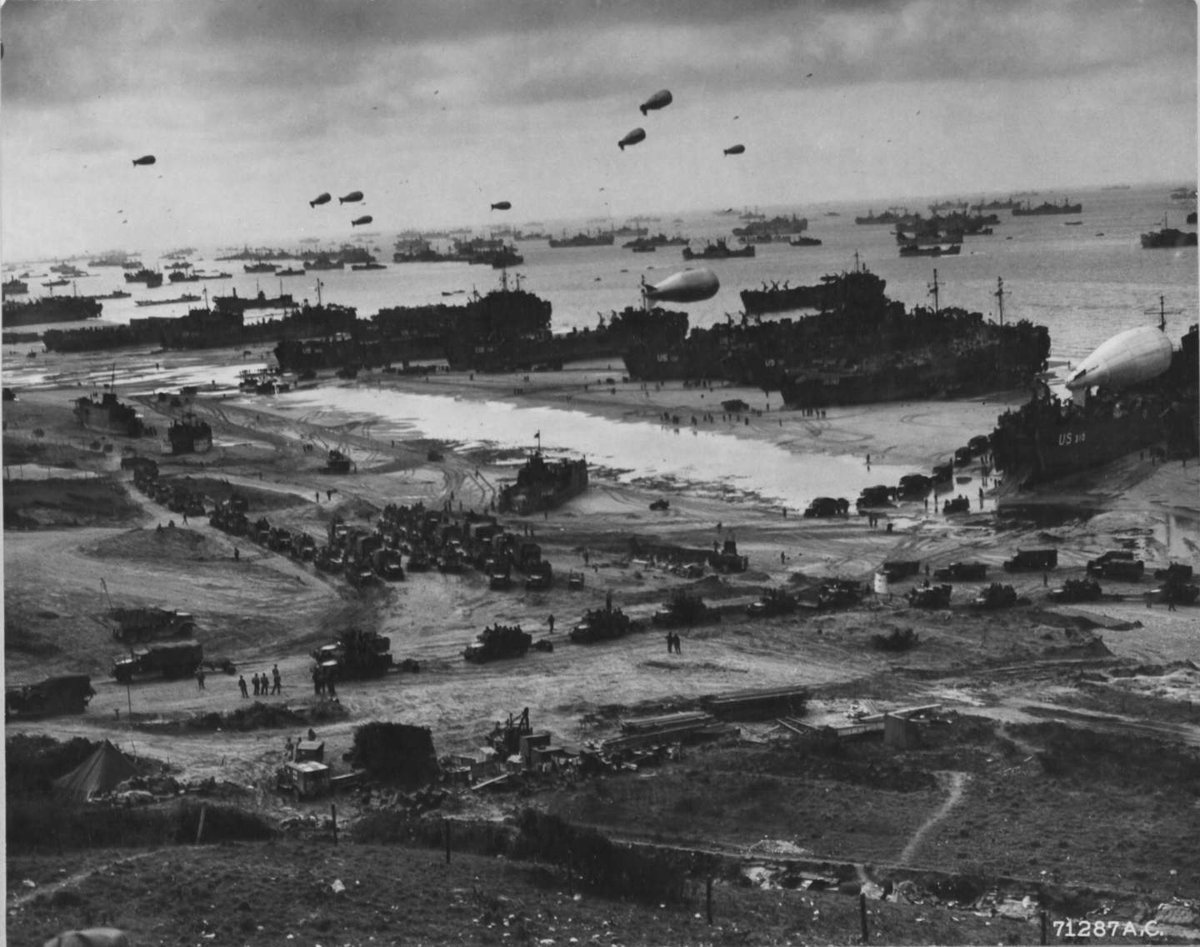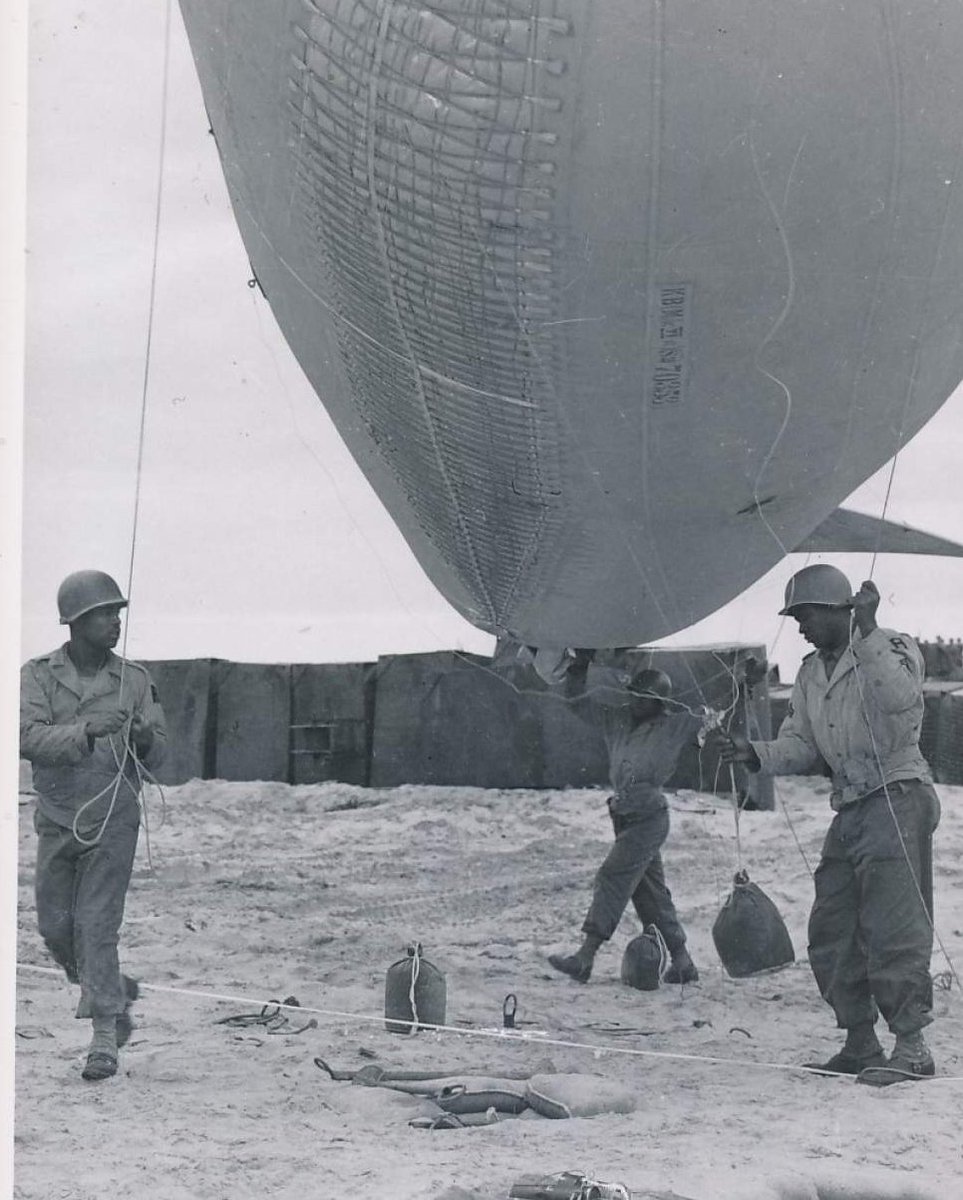
Today in 1942, President Franklin Roosevelt signed Executive Order 9066, under which nearly 75,000 American citizens of Japanese ancestry were taken into custody. Another 45,000 Japanese nationals living in the United States were also incarcerated.
#DayOfRemembrance
#DayOfRemembrance

Americans of Japanese ancestry & Japanese nationals living on the Pacific Coast and in southern Arizona were ordered to register & report to temporary detention centers. Evacuees were allowed to bring only what they could carry. #DayOfRemembrance
Iku Tsuchiya used this suitcase.
Iku Tsuchiya used this suitcase.

Evacuees had only days to dispose of businesses, homes, cars, and pets—which they sold at rock-bottom prices, gave away, or left behind.
Many of their homes were neglected or vandalized: s.si.edu/3k37noU
#DayofRemembrance
Many of their homes were neglected or vandalized: s.si.edu/3k37noU
#DayofRemembrance

Thirteen-year-old Harold Hayashi’s mother wrote this note to his teacher asking that he be excused from school so he could pack for forced removal.
She also asked for his school records, in order to transfer him into school in the incarceration camp.
#DayOfRemembrance

She also asked for his school records, in order to transfer him into school in the incarceration camp.
#DayOfRemembrance
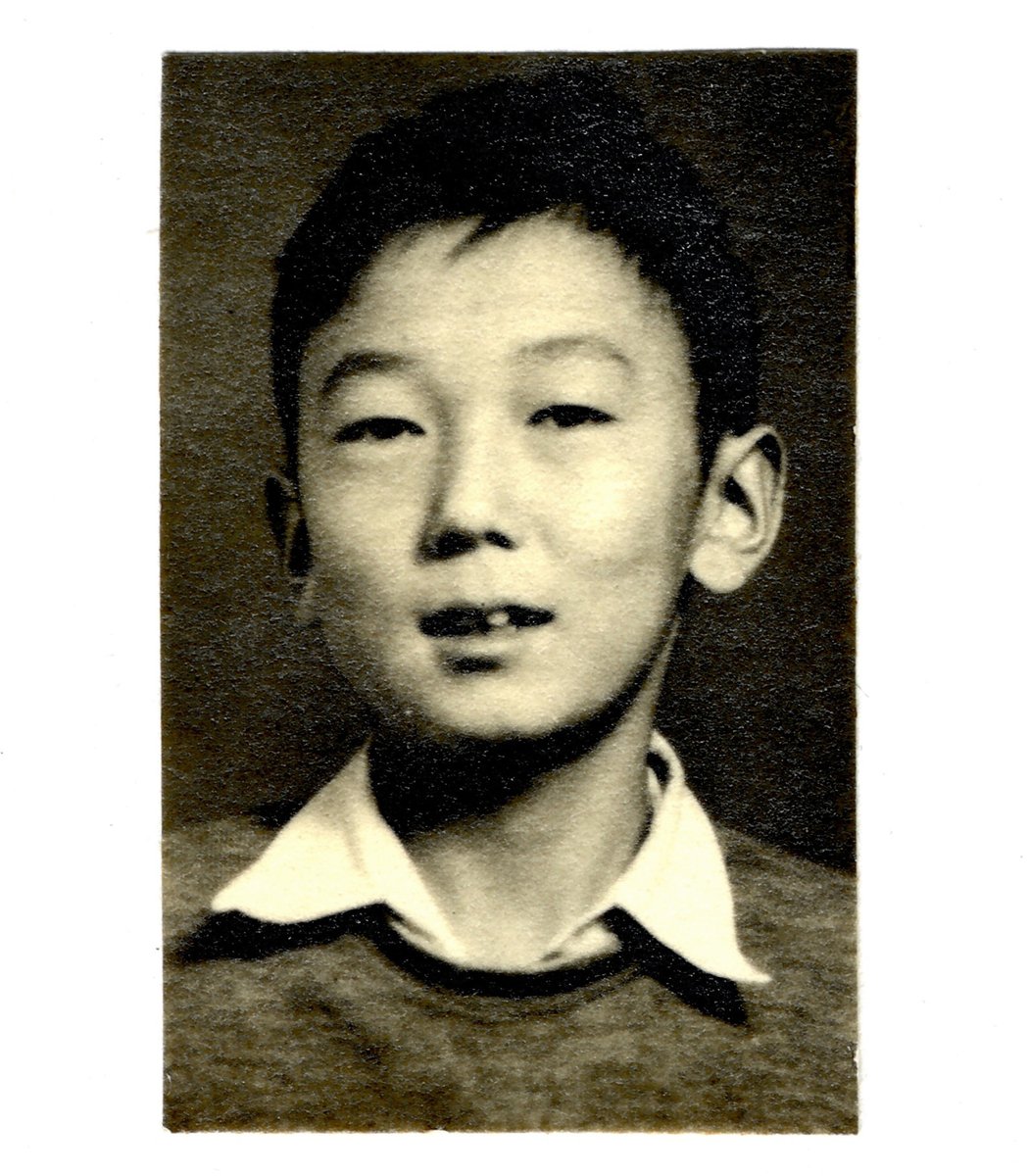

Under EO9066, 120,000 people were sent to incarceration camps. They lived in temporary tar-paper barrack-like structures surrounded by barbed wire, searchlights, and guard towers. #DayofRemembrance 

Under the constant gaze of armed guards—inmates endured the discomforts and indignities of confinement.
Even so, they strove to maintain a semblance of a normal life, starting schools, churches, clubs, and sports teams.
#DayOfRemembrance
americanhistory.si.edu/blog/baseball-…
Even so, they strove to maintain a semblance of a normal life, starting schools, churches, clubs, and sports teams.
#DayOfRemembrance
americanhistory.si.edu/blog/baseball-…
Arts and crafts classes at the camps filled several voids in detainees’ lives.
Sadao Oka joined a bird-carving class while at the Poston camp. He created these pins and display box out of wooden egg crates and surplus wire mesh: s.si.edu/3pE0Ulw
#DayOfRemembrance

Sadao Oka joined a bird-carving class while at the Poston camp. He created these pins and display box out of wooden egg crates and surplus wire mesh: s.si.edu/3pE0Ulw
#DayOfRemembrance


The natural cycles of courtship, marriage, births, and deaths continued inside the camps.
Paul Ishimoto and May Asaki met and fell in love in an incarceration camp in Arkansas.
americanhistory.si.edu/blog/2013/02/s…
#DayOfRemembrance
Paul Ishimoto and May Asaki met and fell in love in an incarceration camp in Arkansas.
americanhistory.si.edu/blog/2013/02/s…
#DayOfRemembrance
While many of their families were incarcerated, more than 30,000 Japanese Americans volunteered for military service.
Most were members of the 100th Infantry Battalion and the 442nd Regimental Combat Team, segregated units that fought in Europe.
#DayOfRemembrance
Most were members of the 100th Infantry Battalion and the 442nd Regimental Combat Team, segregated units that fought in Europe.
#DayOfRemembrance

The Women Army Corps opened enlistment to Japanese American women in November 1943. Alice Kono enlisted soon after, alongside a cohort of 58 other women from Hawai'i.
americanhistory.si.edu/blog/alice-tet…
#DayOfRemembrance
americanhistory.si.edu/blog/alice-tet…
#DayOfRemembrance
Some Japanese Americans resisted their incarceration: s.si.edu/2DHBwXi
Yosh Kuromiya was one detainee who refused to register for the draft. His sketches of camp life are now part of our collection.
#DayOfRemembrance
Yosh Kuromiya was one detainee who refused to register for the draft. His sketches of camp life are now part of our collection.
#DayOfRemembrance

After a 1944 Supreme Court decision, authorities started to empty the camps. But housing shortages, scarce jobs, and lingering discrimination made resettlement difficult.
Nancy Ukai wrote about this period for @SmithsonianFolk . #DayOfRemembrance
folklife.si.edu/magazine/what-…
Nancy Ukai wrote about this period for @SmithsonianFolk . #DayOfRemembrance
folklife.si.edu/magazine/what-…
Through grassroots organizing, court action, legislation, and lobbying, the Japanese American community led the nation to confront the injustice done to them during World War II: s.si.edu/2mgnRvK
#DayOfRemembrance
#DayOfRemembrance

Not everyone effected by EO9066 have received redress. After the attack on Pearl Harbor, the United States asked twelve Latin American countries to arrest their residents of Japanese, German, and Italian ancestry in order to “secure” the western hemisphere.
#DayOfRemembrance
#DayOfRemembrance
More than 2,200 Latin Americans of Japanese descent were forcibly deported to camps in the U.S. These Latin Americans, the majority of whom came from Peru, were not covered under the Civil Liberties Act of 1988 and are still seeking an apology and restitution.
#DayOfRemembrance
#DayOfRemembrance
You can learn more about the history and legacy of Japanese incarceration in our online exhibition, "Righting a Wrong: Japanese Americans and World War II": s.si.edu/RightingAWrong
#DayOfRemembrance
#DayOfRemembrance

Righting a Wrong: Japanese Americans and WWII is generously supported by the Terasaki Family Foundation, with additional assistance from the Japanese American Citizens League and AARP.
Join us tonight at 6pm EST as we explore the history and legacy of anti-Asian prejudice and Japanese incarceration during World War II during our free virtual program, FACEism: A panel discussion of history and accountability: s.si.edu/DoR-FACEism
#DayOfRemembrance
#DayOfRemembrance

This programming is supported by the Japanese American Citizens League (National and D.C. Chapter), Heart Mountain Wyoming Foundation, Japanese American National Museum, National Japanese American Memorial Foundation, and National Park Service and Friends of Minidoka.
Support of the museum’s efforts to document and share the history of the Japanese American experience is also made possible by the Japanese American History Endowment.
Our virtual #DayOfRemembrance program, FACEism: A panel discussion of history and accountability, is happening now. Watch the live program here:
• • •
Missing some Tweet in this thread? You can try to
force a refresh






